Today, I'm going to be talking about why proper storage for your outdoor cushions is more than just a tidy-up task; it's a crucial component to extending their life and maintaining comfort in your outdoor spaces.
When left to the mercy of the elements, outdoor cushions can suffer from wear and tear much quicker than you might expect. The sun's UV rays can fade colors, moisture can encourage mildew, and temperature extremes can affect the materials. That's why understanding the impact of weather is key to preserving your cushions.
But it's not just about protection; it's also about convenience. Imagine always having your outdoor cushions ready for use, looking fresh and clean without any impromptu wipe-downs or emergency drying sessions. That's the benefit we're aiming for by organizing a storage to-do list.
In my opinion, a little preparation goes a long way. So, by the end of this section, you'll understand the why's of outdoor cushion storage, setting the stage for the next part where I'll help you evaluate your specific storage needs.
Evaluating Your Storage Needs
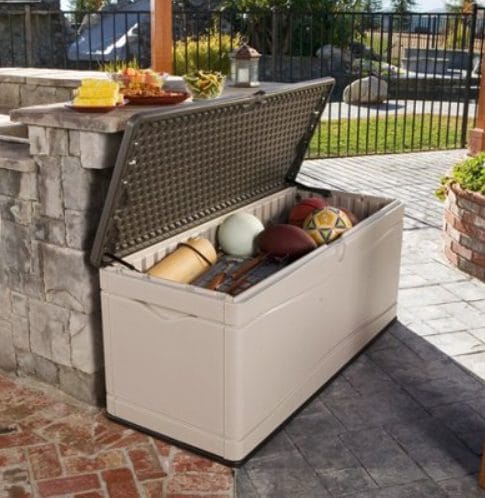
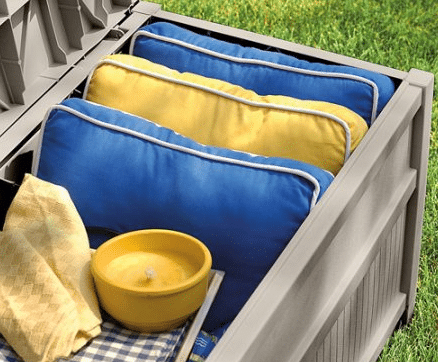
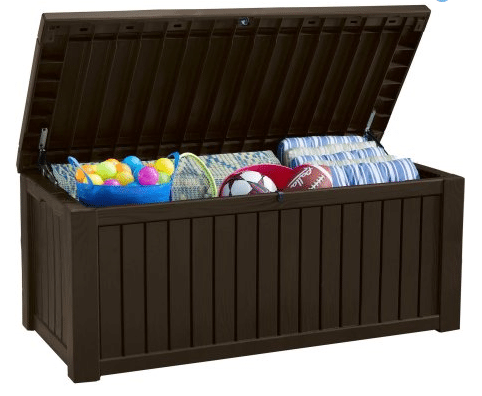
I'm going to steer you through the nitty-gritty of figuring out exactly what your cushion storage needs are. It's not a one-size-fits-all solution; it depends on the number of cushions you're dealing with and their sizes. Measure each cushion and tally them up, so you know what kind of storage real estate you're going to need.
Now, let's talk about timing. It's likely your cushions get more use during certain times of the year. You're going to find out about seasonal storage needs, such as protecting cushions from winter weather or summer storms. You'll want to know if you're going to be accessing the storage frequently or just tucking everything away for a season.
You've got a variety of storage options to consider. Outdoor storage boxes are popular because they're convenient and can match your existing patio decor. But if you're short on space, you might look into sheds or even indoor alternatives like using your garage or basement. Think about the availability of space, protection from elements and critters, and ease of access.
Choosing the right storage isn't just about tossing cushions in and calling it a day. The goal is to maintain the quality of your cushions for as long as possible. This includes companies such as Keter or Suncast that offer durable storage solutions specifically designed for outdoor use. We're going to peek into other factors that influence this decision in the next section, so hang tight as we move on to the practical steps for storing your outdoor cushions.
Practical Steps for Storing Your Outdoor Cushions
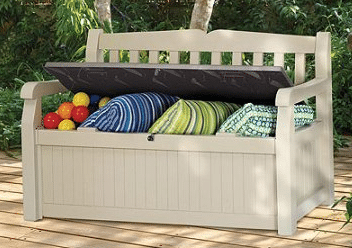
You're going to find out about actionable steps that can transform your approach to storing outdoor cushions—no guesswork needed. I'm here to help you get your cushions tucked away safely, keeping them clean and pristine for their next use.
First things first, whether your cushions have weathered a storm or embraced a sunny day, you need to clean and dry them before storage—nobody wants to unpack a mildew surprise. Use recommended fabric cleaners and ensure the cushions are completely dry to prevent any moisture-related issues.
Choosing the right storage containers is key. Opt for water-resistant bins or airtight bags that fit your space and budget. If you've got the room, consider storage benches that double as seating. Whatever you choose, make sure your storage is convenient for both the off-season and easy access when it's time to set them up again.
Preventing mold and mildew is paramount. If you're the ‘better safe than sorry' type, throw in some silica gel packets for moisture control. While you're at it, keep those cushions from direct contact with the floor by using shelving or pallets. And remember, air circulation is your friend, so don't pack them in too tightly.
Now, stacking and arranging cushions may not be rocket science, but there's an art to doing it right. You don't want to end up with permanently squished pillows. Stack them horizontally, and don't overdo the height. Rotate them occasionally to distribute pressure and keep their shape intact.
Maintaining Your Storage Space and Cushions
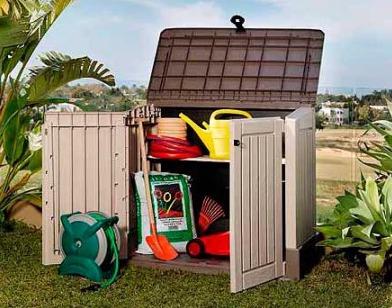
Now, you've got your outdoor cushions safely tucked away, but this isn't just about stashing them and forgetting them. I'm here to help you make sure they stay in top-notch condition while they hibernate. First off, make a habit of checking on your stored cushions seasonally. This nips potential issues like pest infestations or moisture buildup in the bud.
Keeping your storage space clean is key. You don't want dirt and debris to be unwelcome guests, sullying your cushions. A clean storage spot equals clean cushions when it's time to deck out the patio again. And if your storage area is prone to dampness, consider a dehumidifier or regularly replacing moisture-absorbing packs.
But what if, despite your best efforts, you find your cushions looking a little worse for wear? Well, that's your cue to go cushion shopping! Vibrant new patterns or pioneering materials that resist fading and repel water could offer just the refresh your outdoor space needs.
Finally, keep your eyes peeled for the latest and greatest in outdoor cushion storage solutions. Whether it's space-saving hacks or new on the market watertight containers, staying up to date could transform how you care for your outdoor cushions and extend their life even further.
I really hope that you've found this guide handy and that it makes your outdoor cushion care and storage a breeze. Remember, proper maintenance is key to their longevity, so invest a little time throughout the year, and your cushions will thank you season after season!
